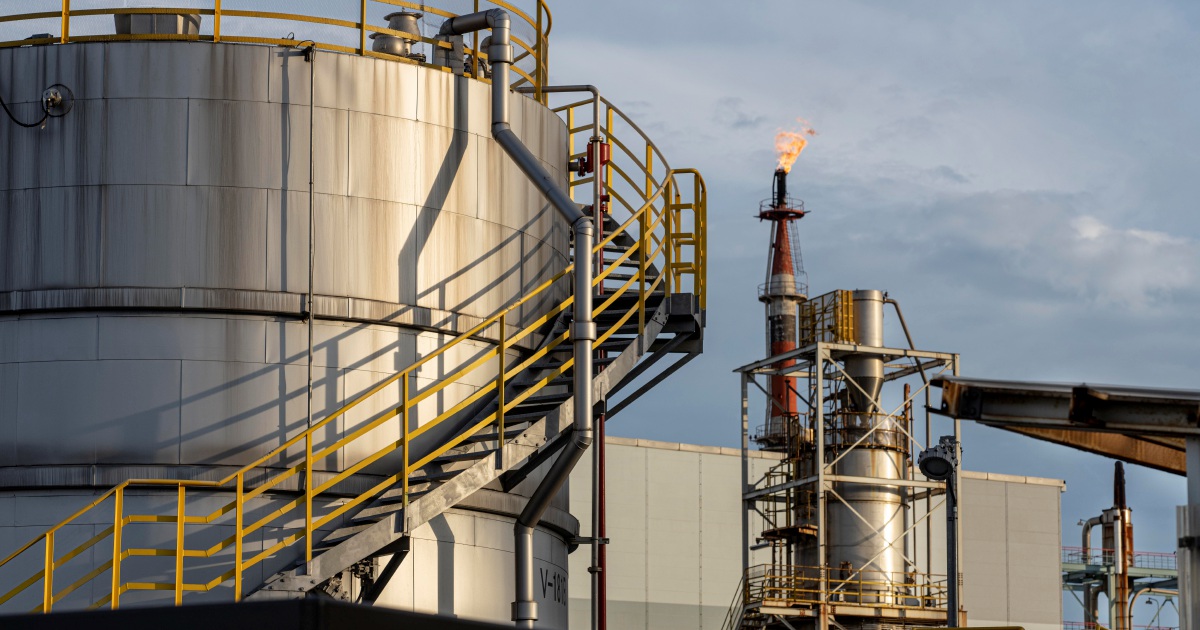LAUNCESTON: A couple of months ago it would have been a brave call to say that OPEC+ would be able to bring back 2.5 million barrels per day of crude production and still keep oil prices anchored around US$70 a barrel.
But this is exactly what has occurred, with the eight members of the producer group winding back the last of their 2.2 million bpd of voluntary cuts by September, as well as allowing a separate increase for the United Arab Emirates.
The eight OPEC+ members met virtually on Sunday, agreeing to lift output by 547,000 bpd for September, adding to the increases of 548,000 bpd for August, 411,000 bpd for each of May, June and July, as well as the 138,000 bpd for April that kickstarted the unwinding of their voluntary cuts.
OPEC+ stuck to their recent line that the rolling back of production cuts was justified by a strong global economy and low oil inventories.
It’s debatable as to whether this is actually the case. Certainly, demand growth in the top-importing region of Asia has been lacklustre.
Asia’s oil imports were about 25.0 million bpd in July, down from 27.88 million bpd in June and the lowest monthly total since July last year, according to data compiled by LSEG Oil Research.
While China, the world’s biggest crude importer, has been increasing purchases in recent months, much of this is likely because of lower prices that prevailed when June- and July-arriving cargoes were arranged.
It’s also the case that China has likely been adding to its stockpiles at a rapid pace, and while it doesn’t disclose inventories, the surplus of crude once refinery processing is subtracted from the total available from domestic output and imports was 1.06 million bpd over the first half of 2025.
OPEC+ LUCK?
It appears more likely that OPEC+ has largely been fortunate in that it has been increasing output at a time of rising risks in the crude oil market, largely from geopolitical tensions.
The brief conflict between Israel and Iran in June, which was later joined by the United States, did lead to an equally brief spike in crude prices, with benchmark Brent futures reaching a six-month high of US$81.40 a barrel on June 23.
The price has since eased back to trade around the US$70 mark, with some early weakness in Asia on Monday seeing Brent drop to around US$69.35.
But the point is that the Israel-Iran conflict arrested a downtrend in oil prices that had been in place for much of the first half of the year.
Crude prices have also been supported in recent days by US President Donald Trump‘s threats of wide-ranging sanctions against buyers of Russian oil unless Moscow agrees to a ceasefire in its war with Ukraine.
As with everything Trump, it pays to be cautious as to whether his actions will ultimately be as drastic as his threats. But it would also be foolhardy to assume that there will be no impact on crude supplies even if any eventual measures imposed by the United States are not as drastic as feared.
There are effectively only two major buyers of Russian crude, India and China.
Of these two, India is the far more exposed given its refiners export millions of barrels of refined products, many made with Russian oil.
India imported 2.1 million bpd of Russian oil in June, according to data compiled by commodity analysts Kpler, which is the second-highest monthly total behind only 2.15 million bpd in May 2023.
In recent months, India has been buying about 40 per cent of its crude from Russia and if it were to replace that with other suppliers, it would have a severe impact on oil flows, at least initially.
It’s likely that a combination of Middle East, Africa and Americas exporters could make up for India’s loss of Russian barrels, but this would tighten supplies considerably and likely keep prices higher.
Whether Russia and its network of shadowy traders and shippers could once again work around sanctions remains to be seen, but even if they could, it would still take some time for them to get Russian crude through to buyers.
For now, much remains up in the air and OPEC+ members are following a smart strategy in taking advantage of the uncertainty to bring their production back and rebuild market share.
How long this play can work is the question.
Even if Russian barrels do leave the market, it’s also possible that demand growth disappoints in the second half as the impact of Trump‘s trade war becomes more apparent, cutting global trade and lowering economic growth.
© New Straits Times Press (M) Bhd






